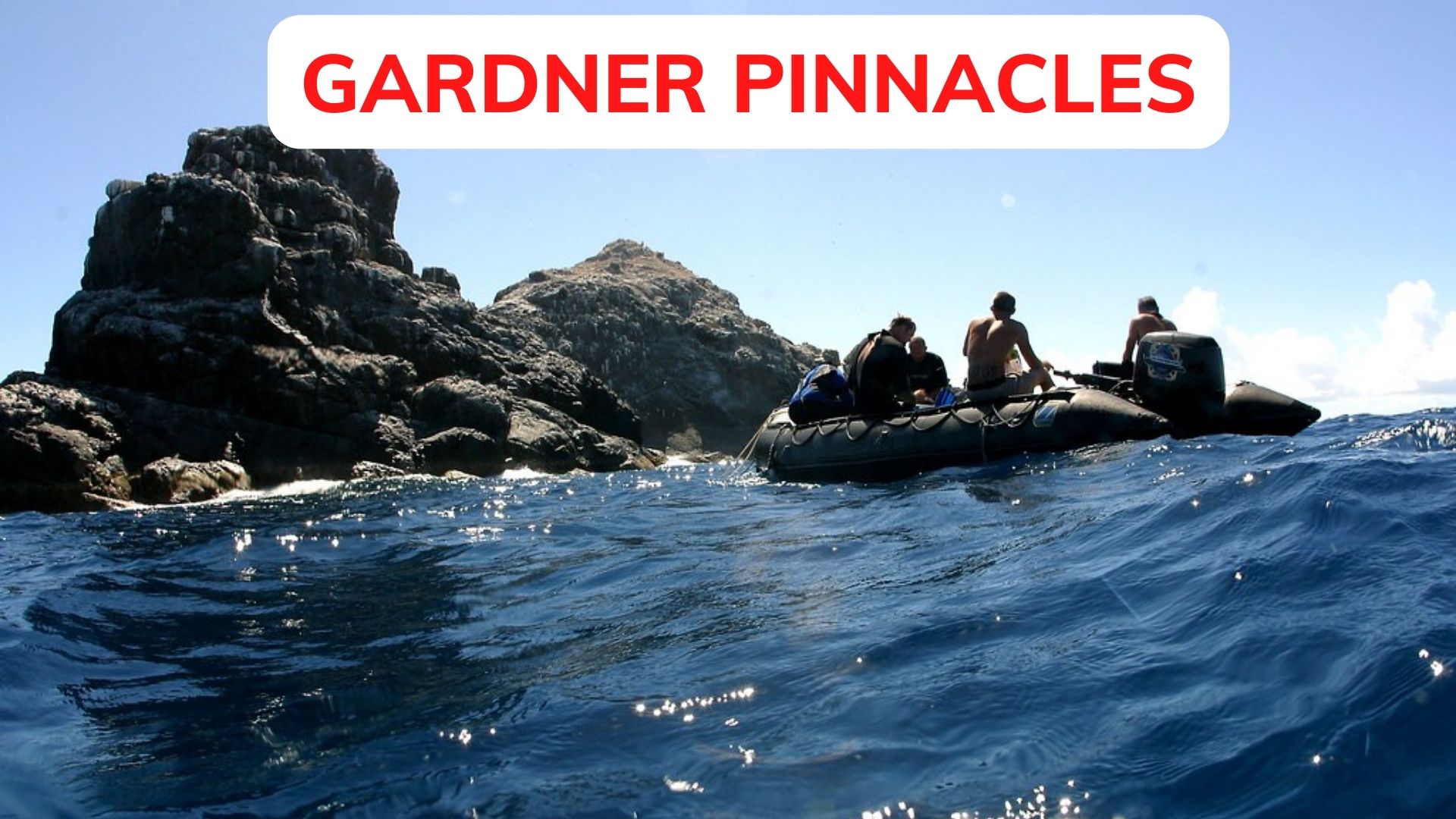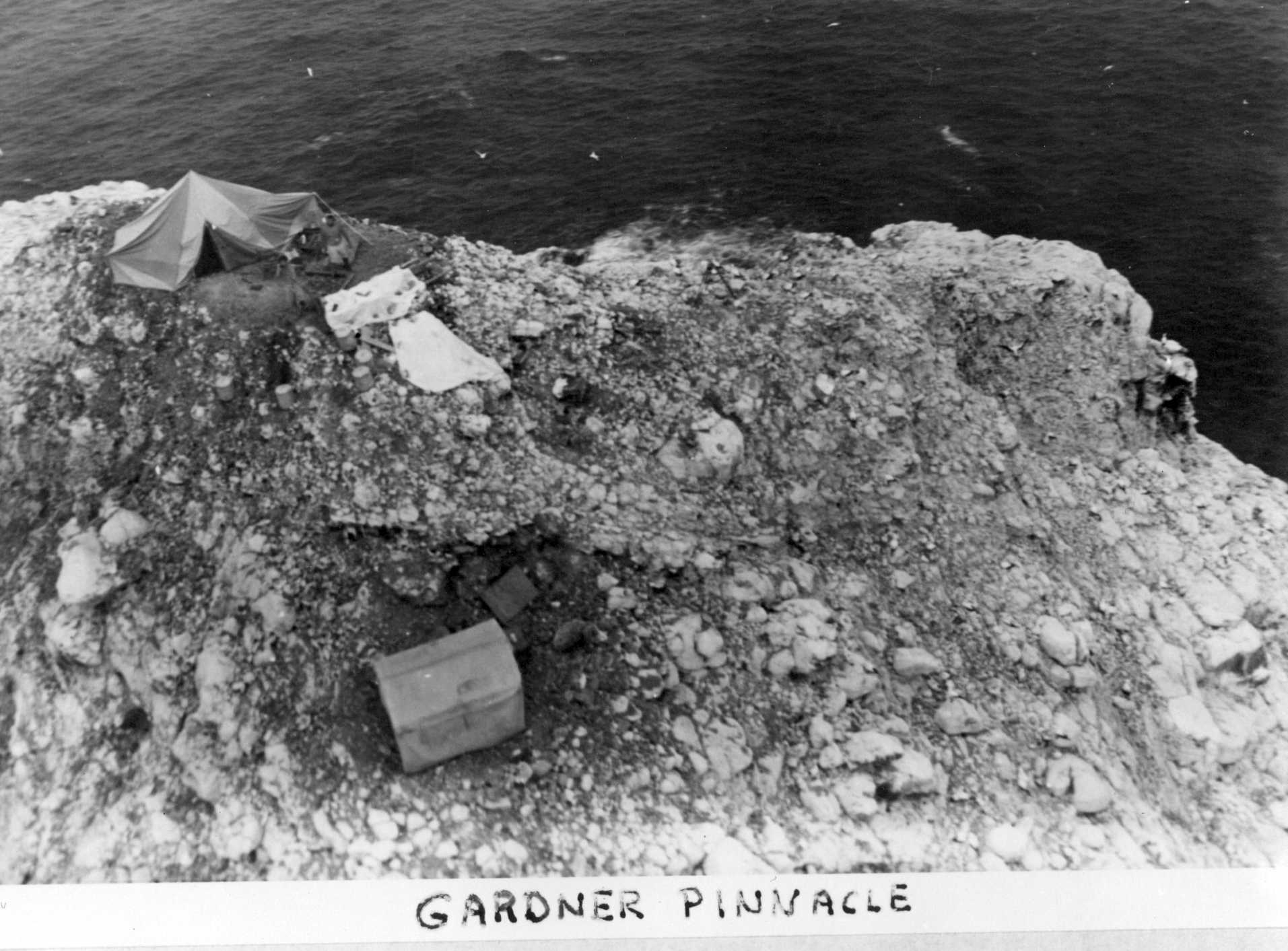Gardner Pinnacles - Situated Between French Frigate Shoals And Maro Reef
The American whaler Maro, captained by Captain Joseph Allen, made the first known discovery of the Gardner Pinnacles on June 2, 1820. The survey ship USS Fenimore Cooper discovered where the Gardner Pinnacles were in 1859. The Giant Opihi (Cellana talcosa), also known as the "opihi ko'ele," is a Hawaiian Limpet that can only be found in the Hawaiian Islands and the Gardner Pinnacles.
Jane RestureSep 30, 202273 Shares972 Views

The American whaler Maro, captained by Captain Joseph Allen, made the first known discovery of the Gardner Pinnacleson June 2, 1820. The survey ship USS Fenimore Cooper discovered where the Gardner Pinnacles were in 1859.
The Giant Opihi (Cellana talcosa), also known as the "opihi ko'ele," is a Hawaiian Limpet that can only be found in the Hawaiian Islands and the Gardner Pinnacles. On the island, there are a lot of insects.
The Gardner Pinnacles joined the Hawaiian Islands Bird Reservation in 1903. It joined the National Wildlife Refuge in the Hawaiian Islands in 1940. In the twenty-first century, it is part of the Papahnaumokukea Marine National Monument wildlife refuge.
The Hawaiian HIRAN project, an attempt to pinpoint the positions of nearby islands with extreme precision for navigational purposes, chose the Gardner Pinnacles as a place for an emergency helicopter landing.
The islands and reefs French Frigate Shoals and Maro Reef are close to each other in the Hawaiian Archipelago. They are to the southeast and northwest, respectively.
Gardner Pinnacles Location
Of all the Northwestern Hawaiian Islands, Gardner Pinnacles has the smallest landmass and is situated between French Frigate Shoals and Maro Reef. The Hawaiian Islands gradually sink and finally vanish beneath the ocean as the Pacific Plate, on which they sit, moves them northwestward.
The basalt of the more northerly islands and reefs has submerged, making Gardner the Hawaiian Archipelago's northernmost emergent basalt rock. Despite being modest above water, Gardner's underwater bank reef is the biggest in the whole chain at 2,446 square kilometers.
Facts About The Gardner Pinnacles
- Gardner Pinnacles is the name in English.
- A larger pinnacle, measuring 180 meters in circumference and 55 meters high, lies 110 meters northwest of the main pinnacle.
- The little pinnacle lies 100 meters northwest of the main pinnacle.
- North latitude: 168 degrees and 05 seconds, longitude: 25 degrees and 02 minutes
- The Northwestern Hawaiian Islands
Video unavailable
This video is unavailable
Gardner Pinnacles Geology
Rock from lava called basalt makes up the island. The rock is thick and dark grey. Based on a sonar study in Earth and Planetary Science Letters, it is estimated that Phhonu holds around 150,000 cubic kilometers of rock.
It would then be the biggest single volcano on Earth. The remaining portion of that volume is hidden under a ring of debris, broken coral, and other materials that have eroded from the peak, leaving just approximately one-third of it visible above the water's surface.
While Mauna Kea on Hawaii's Big Island is the highest shield volcano on Earth from sea level to its summit, it is not even close to Phhonu's size. Geologists say that Phhonu is so big that it has caused the Earth's crust around it and the volcano itself to sink hundreds of meters over millions of years.
It was originally believed that the Tamu Massif, a 4-kilometer-tall volcanic structure on the ocean bottom east of Japan that is the size of the British Isles and contains approximately 7 million cubic kilometers of material, was the biggest shield volcano on the whole planet.
But instead of rising over a single magma source, it is currently thought that the Tamu Massif originated over a mid-ocean ridge. Pūhāhonu is presently the biggest shield volcano known to exist on Earth.
People Also Ask
When Did Gardner Pinnacles Was Discover?
Gardner Pinnacles was said to be discovered by Captain Joseph Allen on June 2, 1820.
How Old Are Gardner Pinnacles?
As of 2022, it is 202 years old as it was discovered in 1820.
What Did They Find On Gardner Island?
It holds around 150,000 cubic kilometers of rock.
Conclusion
The succulent sea purslane is the only plant known to grow on the Gardner pinnacles. However, more than a dozen bird species have been seen here, several of which are breeding. The island is home to a diversity of bug species.
There are many kinds of marine life in the seas around the island. The huge ophi, which is also called a limpet, lives in the rocky areas where the tide comes and goes.
The adjacent seas are home to a wide variety of fish and coral species. The island has a white look due to the abundance of bird guano covering many of its surfaces.
Latest Articles
Popular Articles
